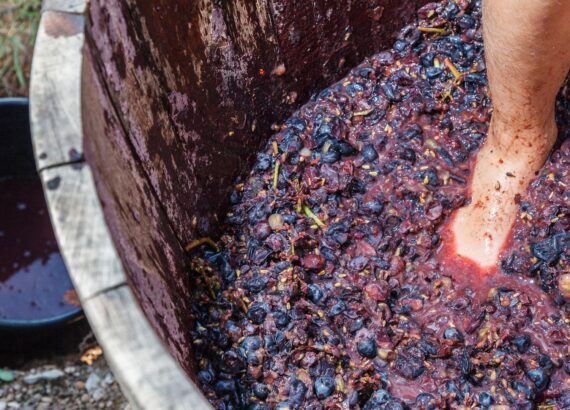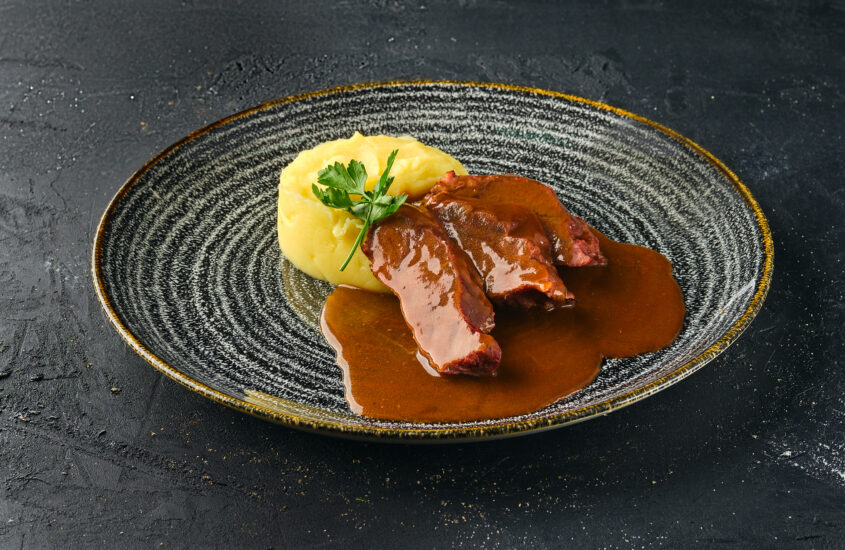When will we eat synthetic meat? We have been working on the project since 1912. And this has become a masterpiece for vegetarians, vegans and animal rights activists, while on the other side there are protests from farmers.
We are not talking, in this case, of vegan burgers or similar things, but of a real meat created in the laboratory, where means of nutrition are used to feed the muscle cells and material to transform them into tissue. In short, the meat that comes out of the test tube.
The accusations that reach the farmers are of various kinds: intensive farming use too much water, produce Co2, in short, have a great impact on the planet. Meat production occupies 80 percent of agricultural land and contributes to creating a fifth of all greenhouse gases produced by humans.
Nonetheless, it only increases the demand for meat, rich in proteins, so much so that in 2050 – when we will be ten billion – it will not be enough to satisfy everyone. International biotech companies are gearing up for what can be huge business. In 2013, in London, the first hamburger made in vitro with cow stem cells was presented. Authored by Dutch researcher Mark Post.
One obstacle remains: convincing consumers. Those with a fine palate, but not only. In fact, there is the Yuck factor, the disgust factor, the first reaction to the idea of eating meat that comes out of the laboratories and not from the pastures.
Yet, someone on the plate already finds it. In Singapore, a restaurant offers synthetic chicken nuggets; in Tel Aviv on a counter are the test tubes in which the cells of the meatball on the menu macerate, grow and multiply.
In short, we are not that far away. A few more years for the West to become familiar with synthetic meat as well. A bit like insects. The news is scary, but sooner or later they will take hold.





























